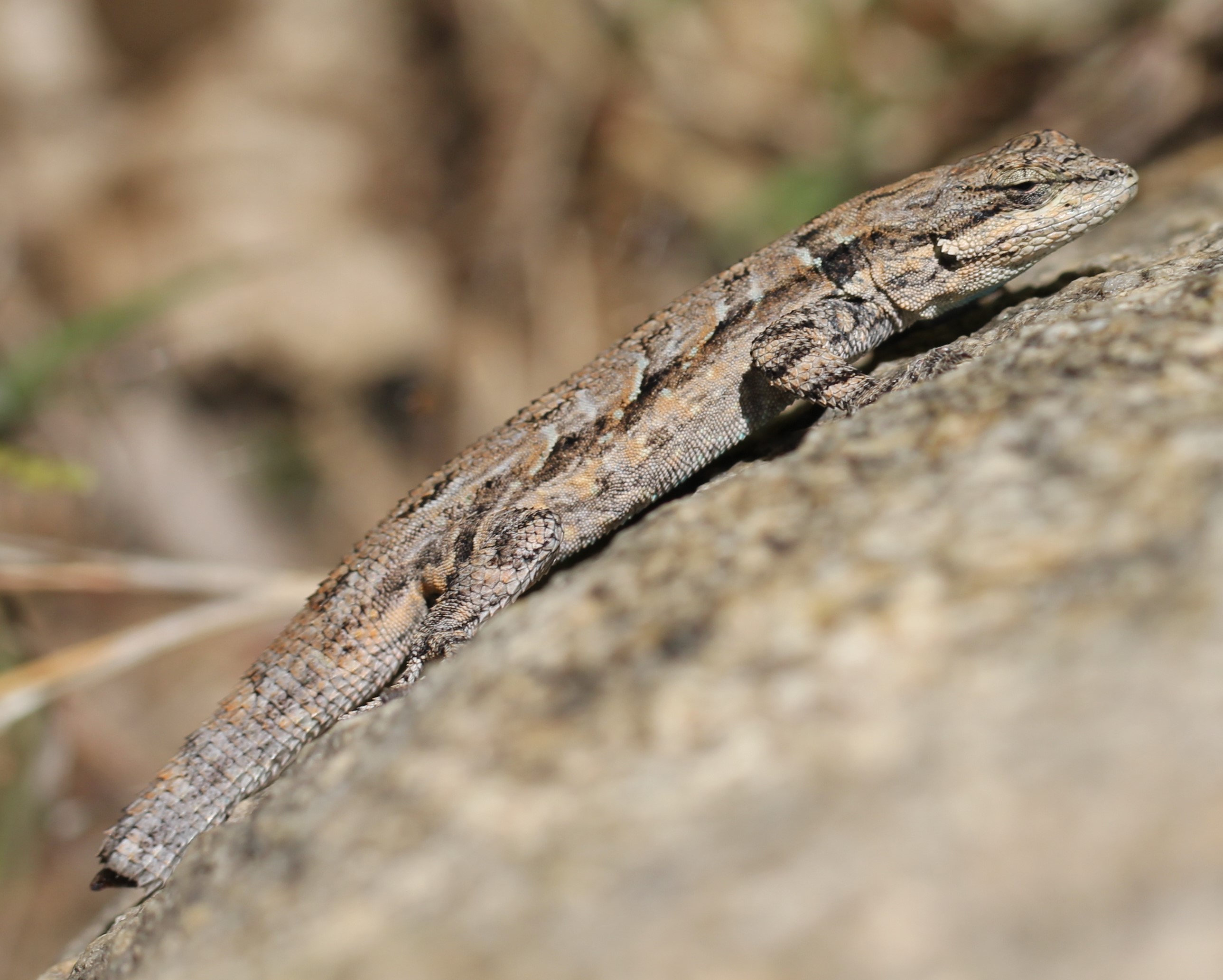This topic takes on average 55 minutes to read.
There are a number of interactive features in this resource:
 Biology
Biology
Stem cells exist naturally in the body to replace damaged cells and tissues. Research into stem cells could allow:
None of these are readily available yet - but trials are underway to investigate whether they are possible.
Can you imagine a branch of medicine that could make patients with spinal injuries walk again? That could cure leukaemia and type 1 diabetes, and understand how these diseases occur? That could even allow humans to regrow a leg after it has been cut off, in the same way that lizards can regrow their tails? That branch of medicine already exists – it is known as stem cell therapy – and although these treatments aren’t yet readily available for humans, there is a possibility they could be in the future.
Stem cells are a type of unspecialised cell: they haven’t yet been transformed into a cell with a specific function, but they can become many different types of cell as well as regenerating to form more stem cells. If damaged, most organs in the human body can’t regrow from a part of the organ that can still work. This is why spinal injuries and diseases such as leukaemia and type 1 diabetes are permanent – a tissue or organ is damaged and can no longer carry out its proper function.


Stem cells enable lizards to replace a missing tail, and scientists have discovered that around 236 genes are switched on in the stem cells to make this possible. People also have stem cells which replace damaged cells and tissues in the body, and therefore they offer an exciting potential role to be explored in medicine. But because stem cells can self-renew and develop into different types of cells, scientists need to make sure that they won’t turn into the wrong type of cell in the wrong area of the body or become cancerous by growing out of control if transplanted into a patient.
There are two main types of naturally occurring stem cell: embryonic stem cells and adult stem cells. These have different functions in the body and are suited to different types of research and treatment when used in medical and scientific settings.
In addition to these, there are two types of stem cell that can be made in a lab – these are therapeutic cloned stem cells and induced pluripotent stem cells. These stem cells are made in different ways from different kinds of pre-existing cell, and so are also suited to different types of research and potential treatments.

To order a free set of ABPI schools posters on the following topics:
biotechnology | cloning | genetic engineering | polymerase chain reaction | stem cells | unravelling the genome | careers in the industry | history of medicine
complete our online form.
Order your School Posters